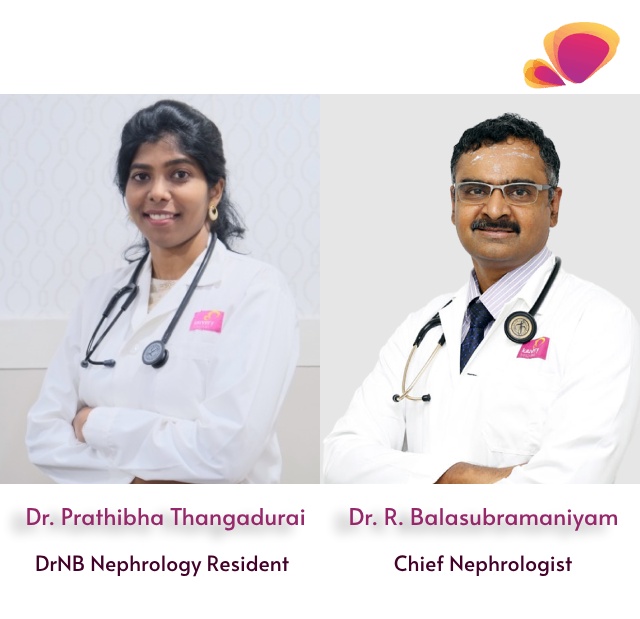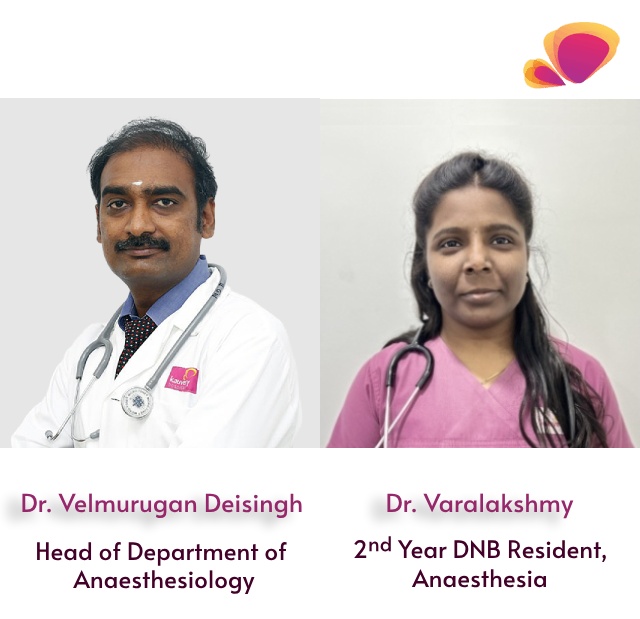Message from Team IMA Chennai Kauvery Alwarpet Branch

Dear Colleagues,
Greetings from IMA Kauvery.
With the monsoons on the alert stay safe.
With a farewell to Dussehra and awaiting for the festival of lights IMA Kauvery wishes everyone a fabulous Deepavalli.
Like the lights which brings brightness to the surroundings we take utmost importance to bring the important case studies as discussions to brighten our knowledge on various medical conditions for a better health care.
Thanks to our various departments for enriching our knowledge.
Yours in IMA service,
Dr S Sivaram Kannan
President

Dear IMA members,
Kauvery IMA strives clinical empowerment.
This month’s IMA journal brings another set of very interesting articles.
Yours in IMA service,
Dr. Bhuvaneshwari Rajendran
Secretary

Dear friends
Happy to share this edition of our IMA Journal.
Interesting articles across departments are presented in this journal.
Thanks to postgraduates and consultants for the contribution.
Thanks to editorial team and branding team.
Happy Diwali wishes to you and your family.
With best regards
Dr. R. Balasubramaniyam
Editor

When CML defies expectations: A case of Atypical Chronic myeloid leukaemia
Case Report:
Patient: Mr. X, 99 years old
History: A 99-year-old patient was admitted to the hospital for complaints of decrease in response and blood in urine.
Past history: Patient is a known case of benign prostatic hyperplasia/ subdural hepatoma-s/p evacuation.
Clinical Presentation: On admission, Mr. X was drowsy .Vital signs were unremarkable. Neurological examination revealed E4V2M3. Other systemic examinations were normal.

The Twin Problem
A Case Report:
A 63-year-old gentleman with longstanding diabetes and hypertension with a history of papillary carcinoma of thyroid for which thyroidectomy was done 25 years ago, now presented with bilateral lower limb swelling and oliguria for 3 weeks associated with frothy urine. There was also a history of native medicine intake for the past 3 months for some skin lesion over the neck.
On examination there was pedal edema and his BP was 200/80 mmHg. Urine routine showed 3+ proteinuria with granular casts. Urine protein creatinine ratio was 2.2. Serum creatinine was 1 mg/dl, serum albumin was 3.1 mg/dl. Ultrasound KUB showed normal sized kidneys with increased echogenicity and CMD was maintained.

Robotic Assisted Thoracoscopic Excision of a Mid Esophageal Leiomyoma – Minimally invasive precise excision and repair in a difficult area
Introduction
Leiomyomas are the commonest benign tumours arising in the oesophagus. They occur because of the hyperproliferation of smooth muscle cells of the muscular layer and are common in the muscular layer of middle and lower third of the oesophagus. They are usually slow-growing and are usually detected incidentally or may present with dysphagia, pain in the chest or upper abdomen, cough or dyspnoea. Complete excision is the surgery of choice, usually achieved by open thoracotomy . Video-assisted thoracoscopic surgery (VATS) is a minimally invasive alternative , but the two-dimensional (2D) vision as well as the limited range of movement of laprascopic instruments make dissection and suturing difficult.

Fatal Case Of Methemoglobinemia
History
A 49-year-old female brought to ER with h/o increased lethargy and drowsiness with generalized poor response noted by the attenders since morning with occasional eye opening. Pt was on psychiatric drugs for hallucinations, anxiety, and insomnia with no other proceeding or associated significant symptoms H/o recent increase in dosage of her psychiatric drugs [ t. Cirq plus 10mg (zolpidem tartrate and melatonin), t. sizodon md 0.5 mg (risperidone)] 3 days back. No h/o fever, cough, vomiting, sob, seizure, chest pain, abdomen pain, bowel and bladder incontinence.
Examination
On examination pt was afebrile, not tachypneic, Heart rate was 79/min and BP of 100/60 mm hg.

Septic Cardiomyopathy
Introduction:
Septic cardiomyopathy is a condition characterized by myocardial dysfunction occurring in the context of sepsis. It is a significant complication that can lead to increased morbidity and mortality in critically ill patients. Understanding the pathophysiology, clinical implications, and management of septic cardiomyopathy is essential for improving patient outcomes.
Pathophysiology:
Primary myocardial cellular dysfunction in sepsis can manifest in multiple ways, including left and/or right ventricular impairment during systole or diastole.

Thermoregulation & Perioperative Hypothermia
▸BODY TEMPERATURE
Heat production (THERMOGENESIS)
Heat loss (THERMOLYSIS)
▸HEAT – product of metabolism ]
lost in the environment ] —> Temperature Maintained
▸Normal CORE BODY TEMPERATURE IS 36. 5°C -37.3° C
Peripheral temperature is typically 2°c -4°c lower than core temperature


